Description
A top-grade 1999 Mu Xiang Liu Bao loose dark tea, expertly stored for over two decades, delivering a rich woody and aged aroma, clean bright liquor, and a smooth, lasting sweet finish.
Heritage and Craftsmanship of 1999 Mu Xiang Liu Bao Loose Dark Tea
Experience the legacy of 1999 Mu Xiang Liu Bao loose dark tea, crafted from premium loose leaves and aged for more than twenty years under pristine storage conditions. As a Premium Aged Liu Bao tea, this loose form preserves the full-bodied tea qi and authentic character unique to Liu Bao heritage.
Rich Woody & Aged Aroma with No Off-Flavors
When brewed, this 1999 Mu Xiang Premium Liu Bao loose dark tea emits an intense woody aroma layered with deep aged notes. Thanks to impeccable storage, there are absolutely no musty or off-flavors—only pure, robust fragrance. Every inhalation transports you to the ancient tea forests where these leaves originated.
Clean Bright Liquor & Mellow, Sweet Finish
The brewed liquor is exceptionally clear and bright, showcasing a warm, deep mahogany hue. As a Premium Aged Liu Bao tea, it delivers a mellow, sweet finish with zero bitterness. The soup feels thick yet refined, gently coating the tongue and leaving a long-lasting sweetness that soothes from within.
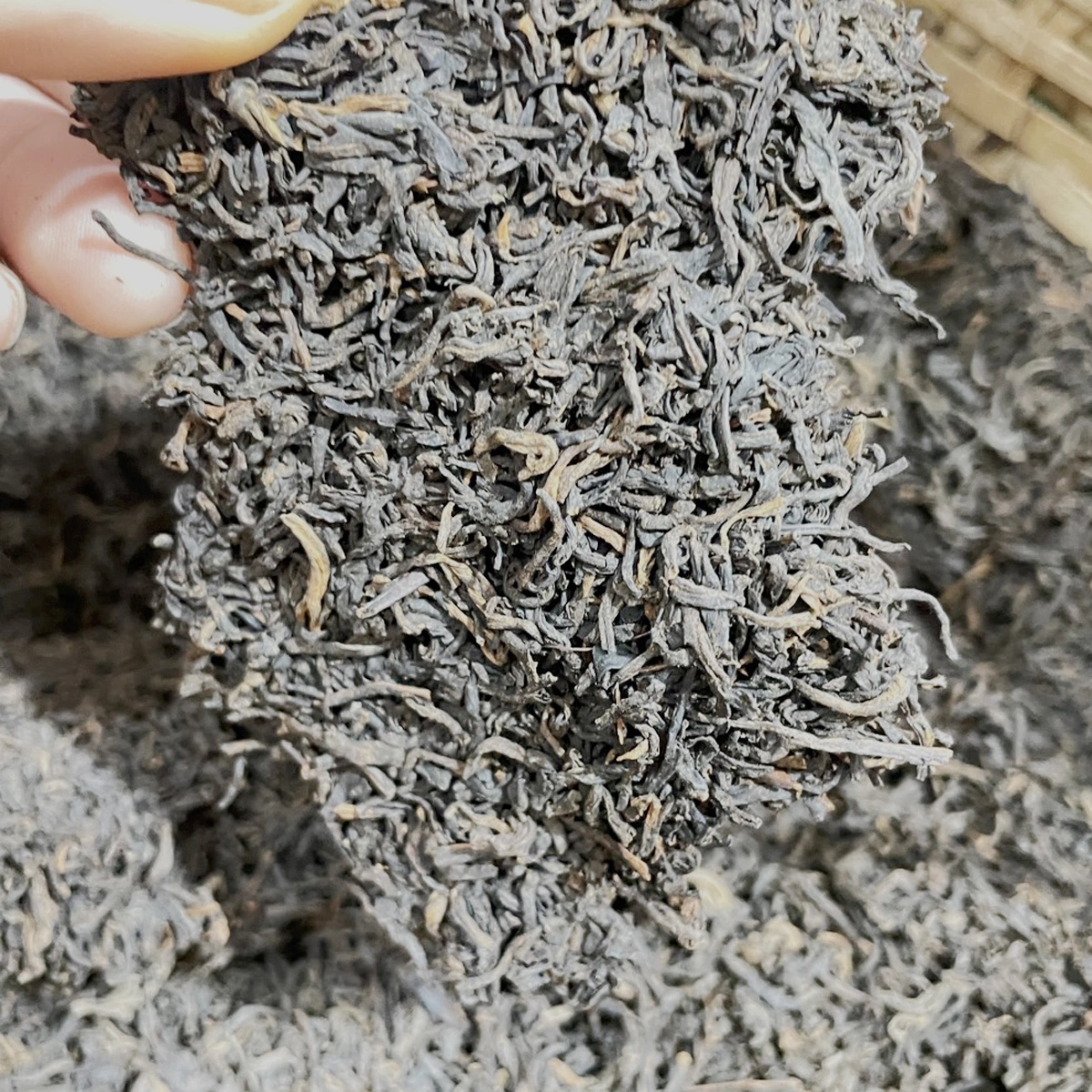
Health Benefits: Detoxifying & Warming Comfort
Beyond its exceptional taste, this 1999 Mu Xiang Liu Bao loose dark tea is renowned for its detoxifying properties. Regularly enjoying this detox Liu Bao tea helps eliminate excess dampness and toxins from the body. You’ll feel a noticeable, soothing warmth spreading through your abdomen—a comforting ritual for overall well-being.
Liubao Tea’s Diverse Brewing Methods:
Liubao tea can be prepared through a variety of brewing techniques. Below are four methods I’ve listed for fellow tea enthusiasts, who may choose one based on their preferences.
Brewing Method1: Use a Yixing clay teapot(紫砂壶) or Guangxi Qinzhou Nixing pottery teapot(广西钦州坭兴陶壶). Preheat the teapot, then add 5 grams of tea leaves (tea-to-water ratio 1:18-20). Shake the leaves for dry awakening to release aroma. Rinse the tea leaves twice with boiling water to eliminate storage odor. For the first 5 infusions, steep for 10 seconds before pouring out the infusion. Gradually increase the steeping time for subsequent infusions.
Brewing Method2: Use a glass-lined thermos (avoid stainless steel). Rinse the tea leaves twice, then add 3 grams of tea (tea-to-water ratio 1:150-200). Steep with boiling water for 45 minutes to 5 hours. Retain the tea leaves and refill with hot water for subsequent steeping.
Brewing Method3: Use a clay pot or glass boiling pot. Rinse the tea leaves 1-2 times, then add 5 grams of tea to cold water (tea-to-water ratio 1:60-70). After boiling, reduce to low heat and simmer for 3 minutes. Replenish with boiling water when the liquid reaches 1/3 volume.
Brew-then-boil Method: Use a gaiwan/lidded teapot + tea boiling pot. Brew in the gaiwan 4-5 times until the flavor fades; transfer the tea leaves to the boiling pot, add boiling water and simmer over low heat for 5-10 minutes.
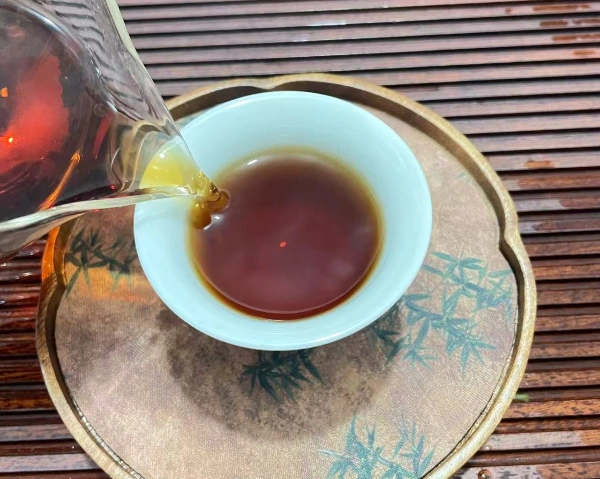

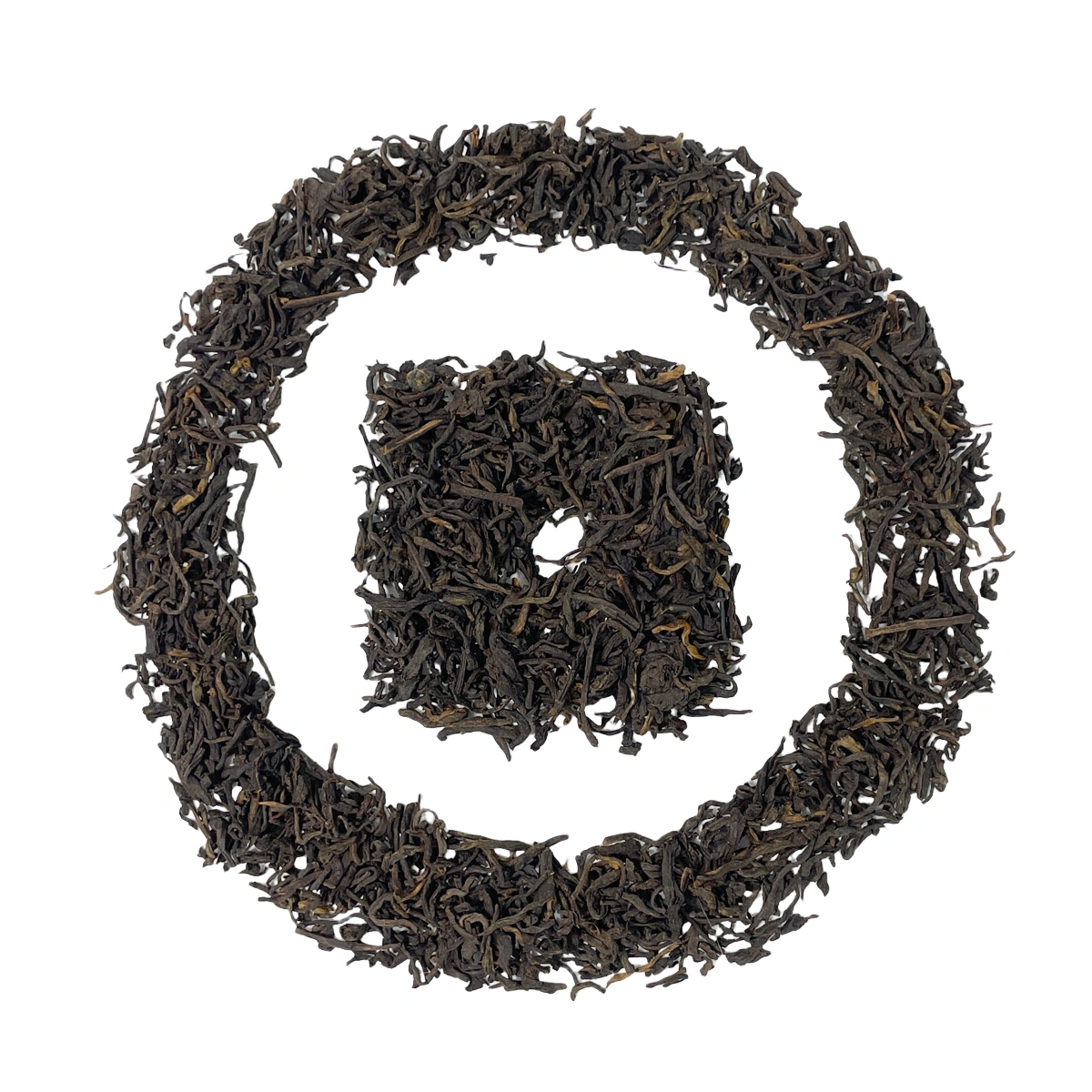
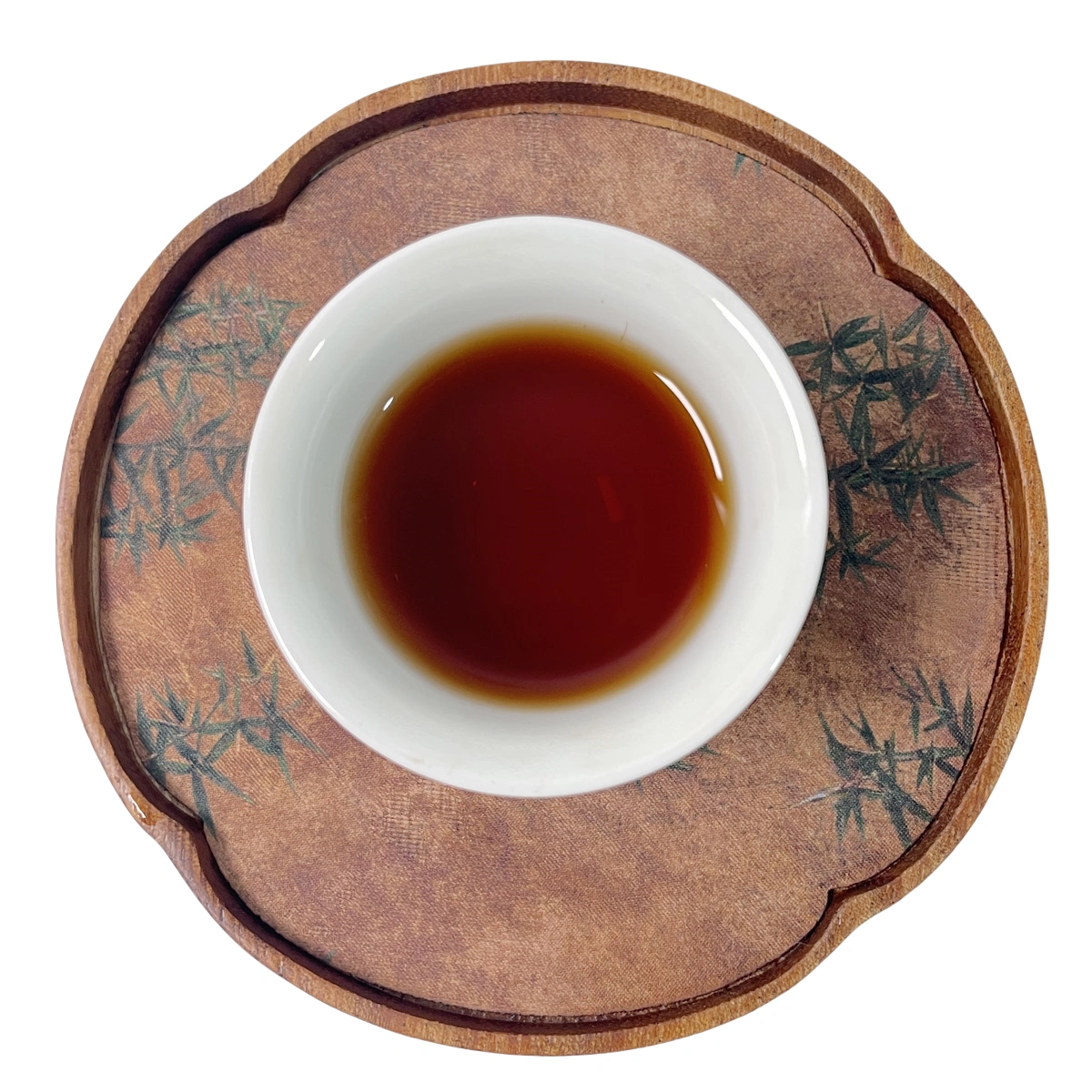
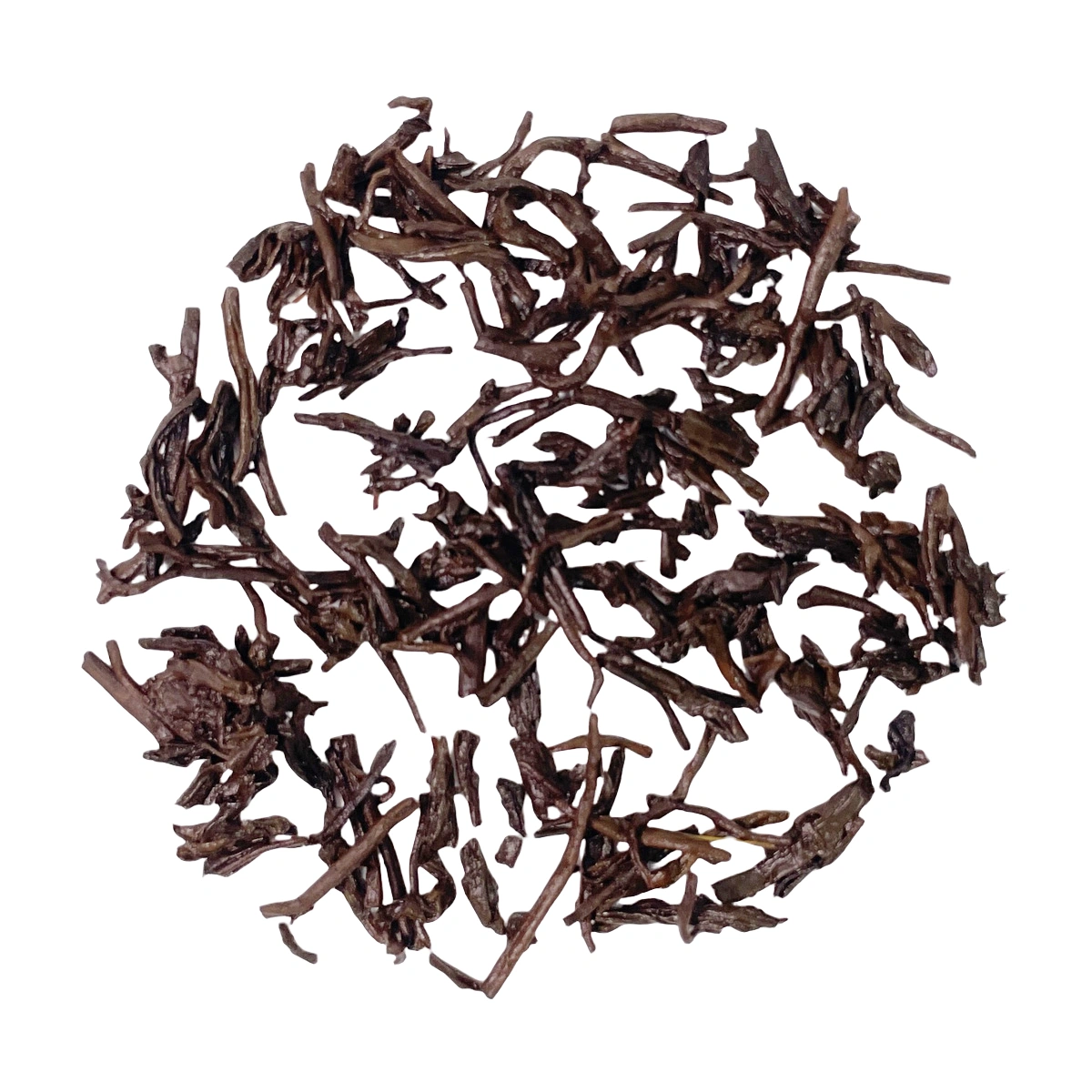

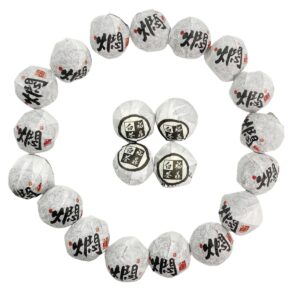
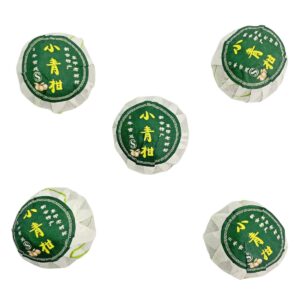
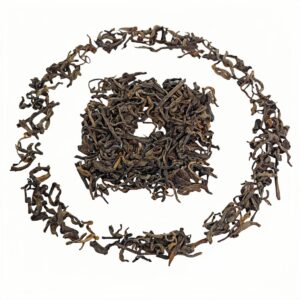



Reviews
There are no reviews yet.